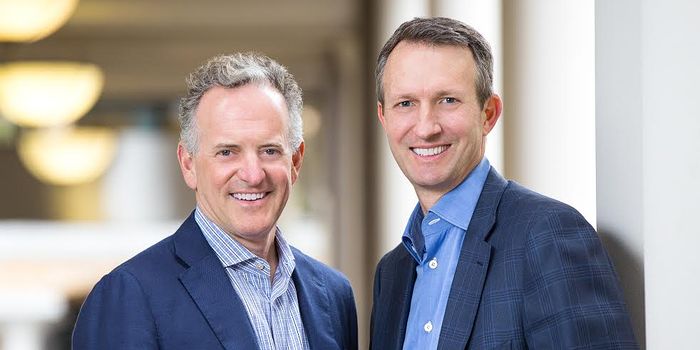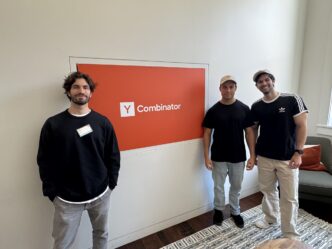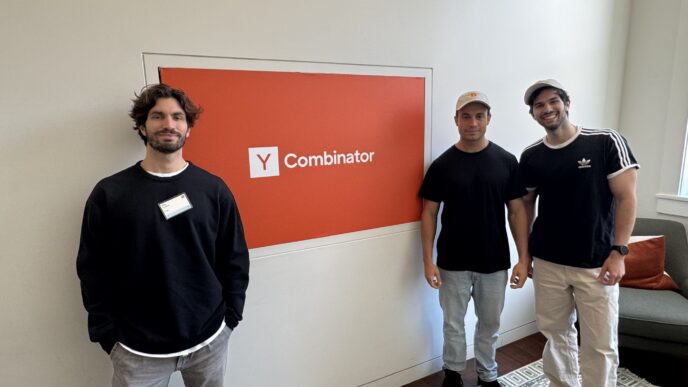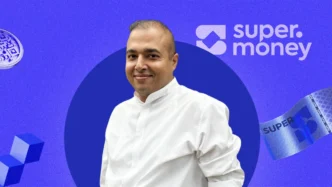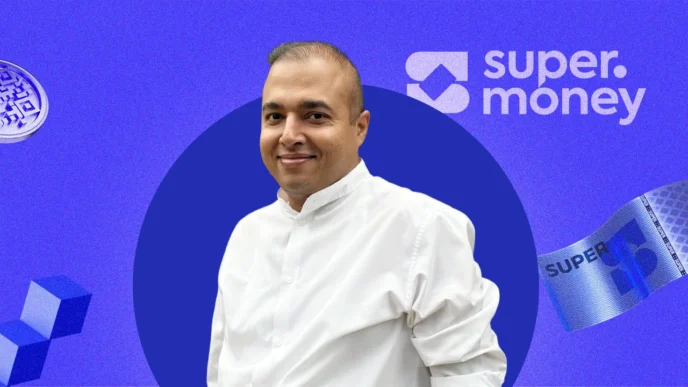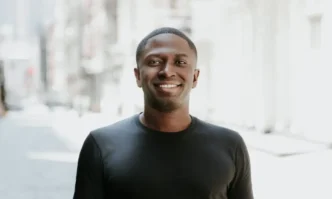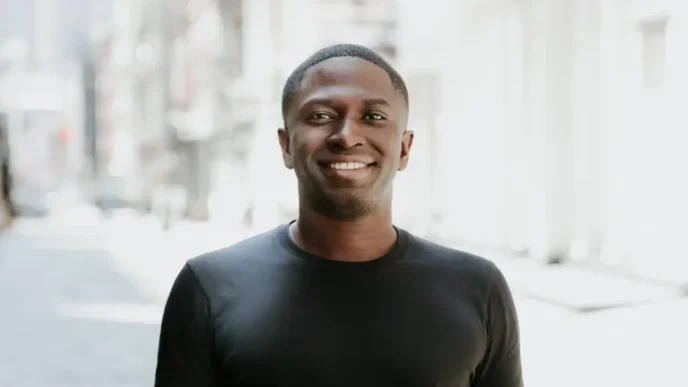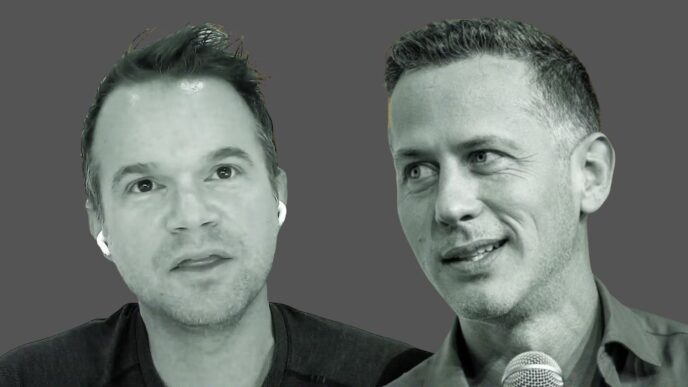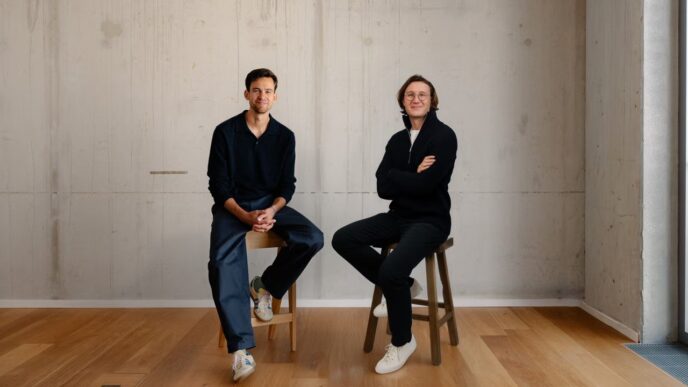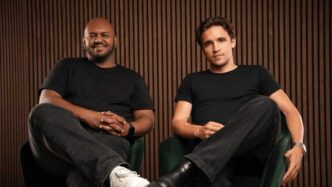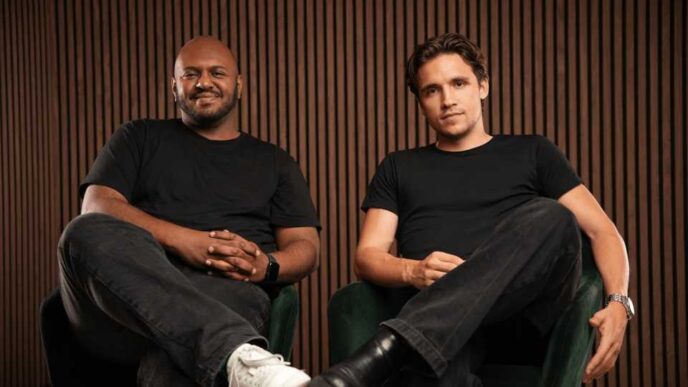Two decades ago, True Ventures launched during the Web 2.0 boom, when APIs and mashups made it possible for startups to launch faster and cheaper. Today, the Palo Alto–based firm is once again betting on another transformational wave: artificial intelligence.
For co-founders Jon Callaghan and Phil Black, this feels like another defining moment. Callaghan calls it a “magical time for entrepreneurship,” where startups can now build valuable AI applications more efficiently with smaller teams and less capital.
From Web 2.0 to AI Revolution
Callaghan and Black first met in the early 1990s as associates at Summit Partners. After the dot-com crash, when many declared the death of venture capital, they regrouped. By 2005, they launched True Ventures with a $165 million fund — the largest institutional seed fund at the time.
Puneet Agarwal, now managing partner, joined True Ventures after navigating several industry downturns. He started at Mayfield in 1999 just before the dot-com bubble burst, later became an operator, and then returned to venture as an entrepreneur-in-residence at True during the 2008 financial crisis. By 2010, he was a partner.
The Scale of AI Investment
AI’s infrastructure buildout is massive. Callaghan estimates that $2 trillion to $3 trillion has already gone into AI-related capital expenditures. Nvidia’s Jensen Huang has forecasted another $3 trillion to $4 trillion in spending by 2030.
According to Callaghan, the industry is now entering the “application phase.” Historically, this is where market value multiplies five to ten times over the base infrastructure. With AI writing code and generating products, this wave could scale even faster than past tech cycles.
Thinking 5 to 10 Years Ahead
True Ventures doesn’t chase short-term trends. Instead, the firm focuses on where the world will be in five to ten years. Callaghan describes early-stage investing as “duration as a feature,” emphasizing long-term conviction over immediate returns.
He notes that today’s AI startups benefit from faster development cycles, bigger budgets, and more receptive enterprise buyers. In some cases, entire IT budgets are shifting toward AI. Agarwal adds that this moment feels different: “Startups now have a real shot at selling to large corporate buyers, not just smaller players.”
How True Ventures Invests in AI
The firm has already backed more than 80 AI-native startups since 2015, spanning enterprise tech, consumer apps, biology, and robotics. It manages $4 billion in capital and typically invests $1 million to $5 million per deal, reserving funds for follow-on rounds. About 60% to 70% of its deals come through referrals, and the team recently funded its 60th repeat founder.
Some of its notable AI portfolio companies include:
- Handshake – a college recruiting platform now generating over $100M in revenue through AI-powered training models.
- Moderne – a coding automation startup helping enterprises upgrade production systems.
- Veza – an identity security firm defining data access rights.
- Enveda – an AI-driven drug discovery company valued at $1B.
- Basecamp Research – UK-based biotech sequencing the natural world for compound discovery, also backed by Nvidia.
- Daydream – an AI-powered fashion startup.
- Bible Chat – a prayer and Bible study app that climbed Apple’s App Store rankings.
- Audos – a platform enabling solo entrepreneurs to build businesses with AI.
- Howie – a virtual AI assistant for executives.
Boom or Bust?
Unlike the zero interest-rate policy (ZIRP) era of the pandemic, which flooded startups with cheap capital, today’s AI cycle is powered by genuine technological innovation. That distinction matters, says Callaghan.
Still, Agarwal warns about “consensus investing,” where too much capital chases a handful of hot categories. Despite that, both partners remain bullish.
Callaghan expects a bumpy ride but believes the total addressable market will far outpace the risks of crowding. Agarwal echoes the optimism: “I can’t think of a better time to be a builder or a venture capitalist if you’re doing it the right way. These are the waves you live for.”

